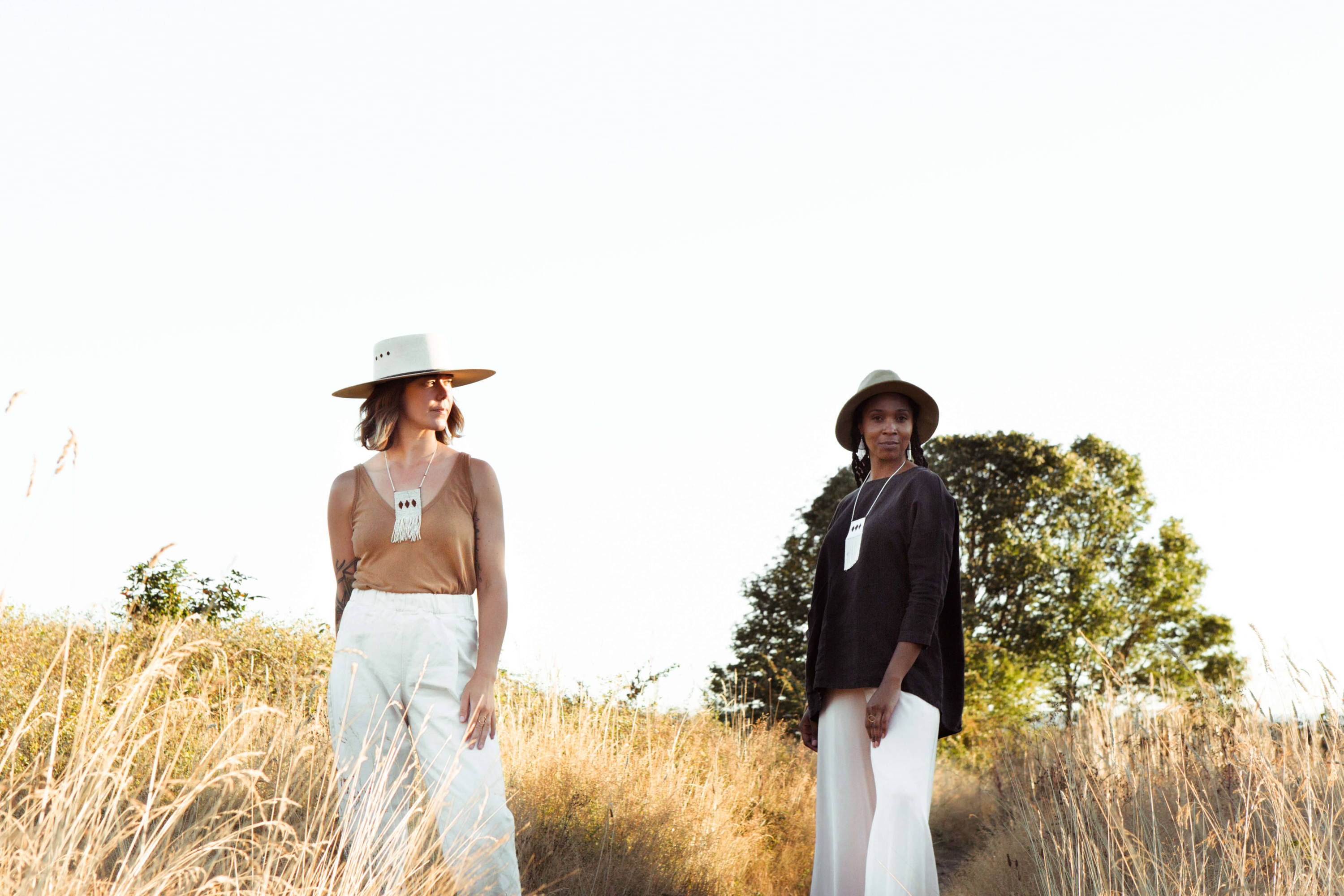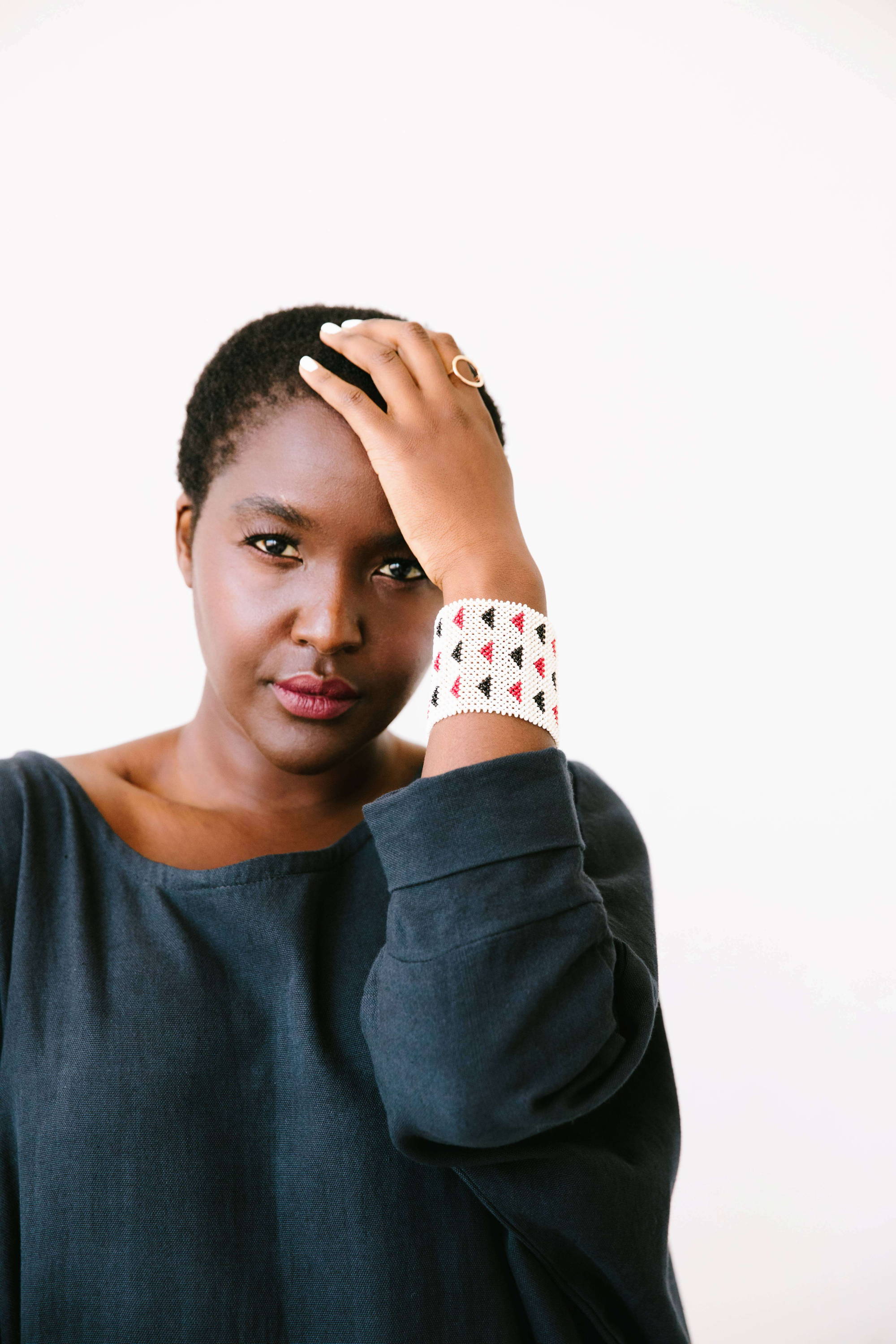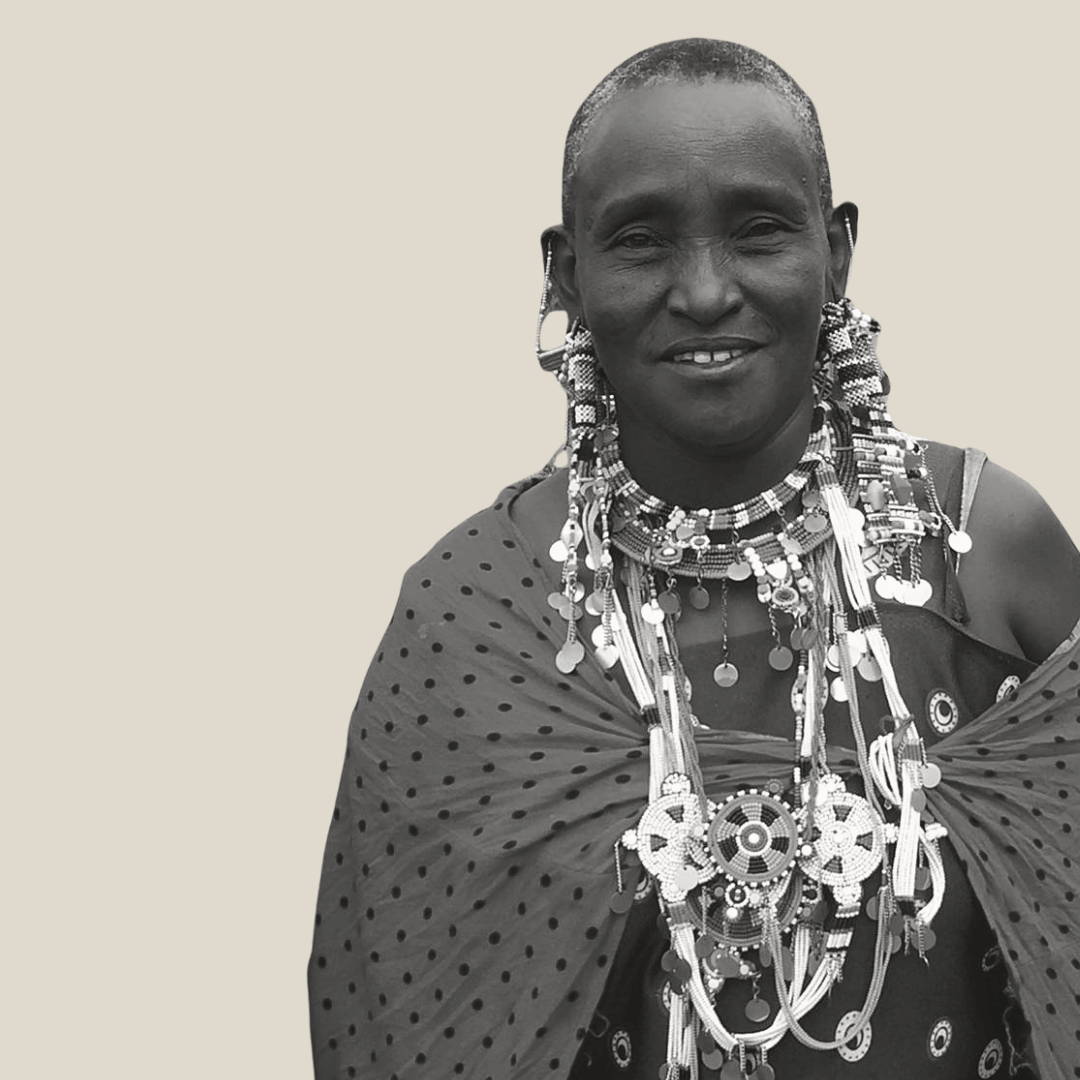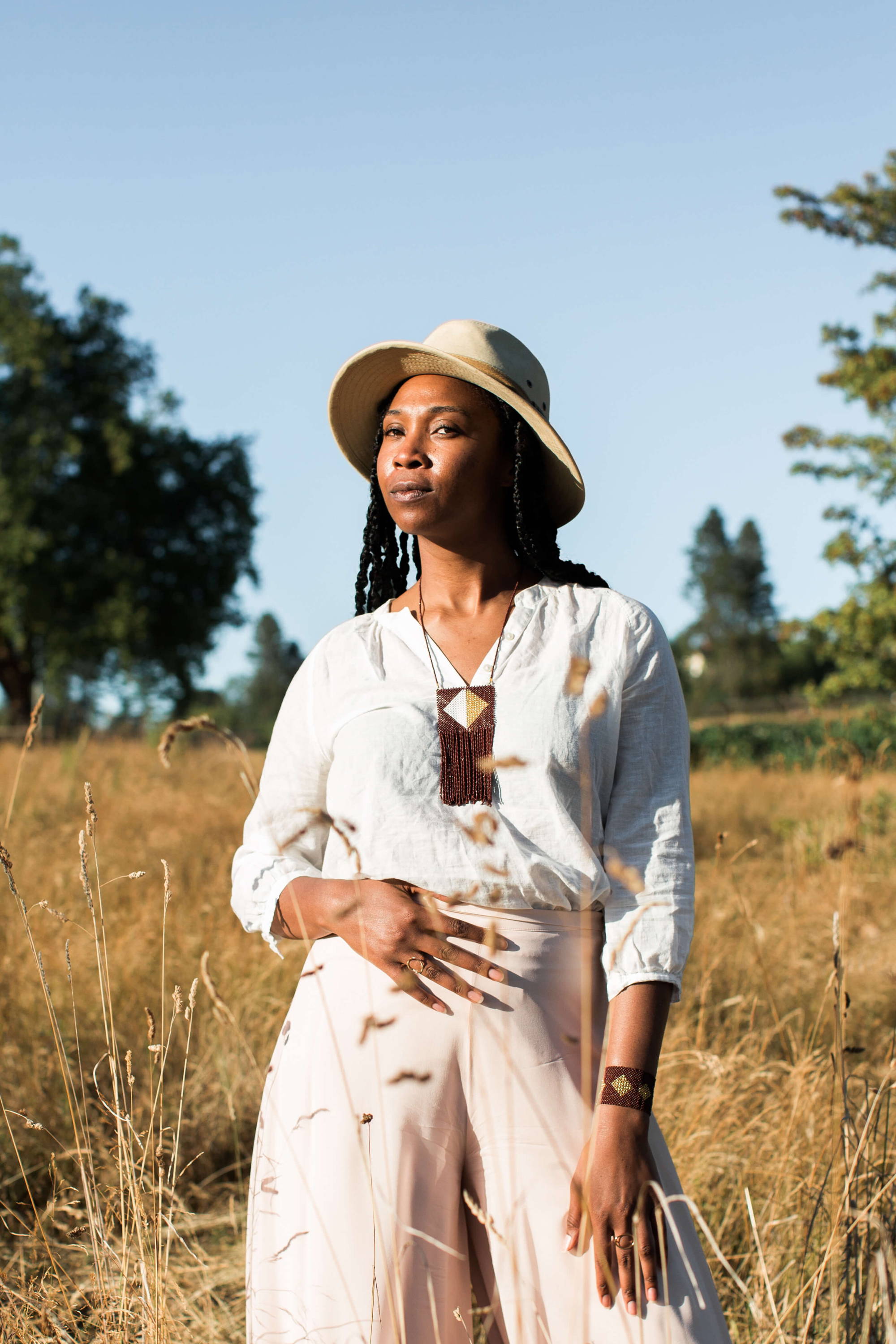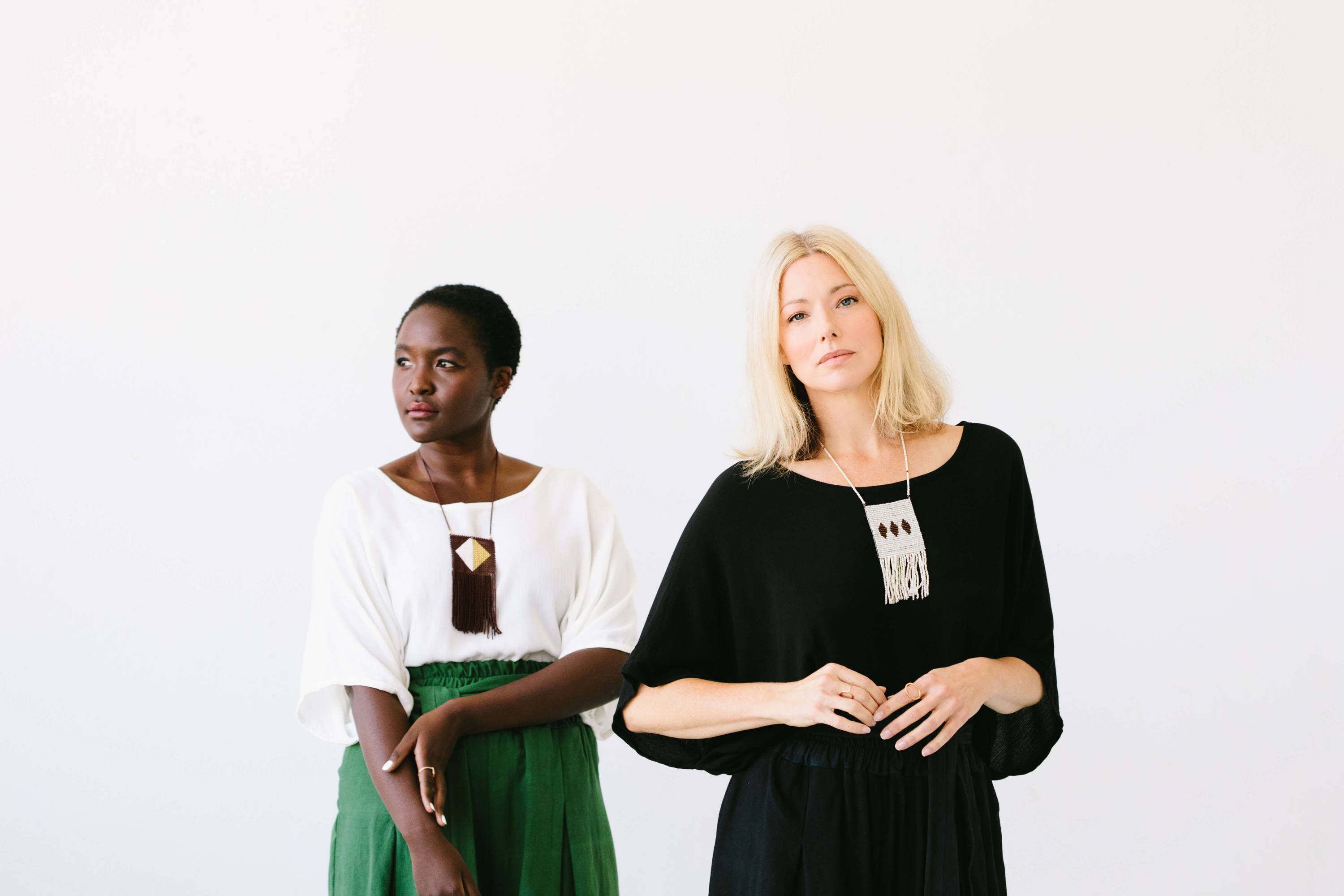What's on your playlist right now?
Wajatta, a musical odd couple that shouldn't work but does. The duo is composed of Reggie Watts, a fly-by-the-seat-of-his-pants improviser, and John Tejada, a meticulous electronic composer. Both albums, Casual High Technology and Don’t Let Get You Down are in constant rotation. I love how it’s a melding of their musical strengths and how they complement each other. To me, the layers sound like elephants rumbling, singing, and communicating with each other across the savanna.
If your memoir were five chapters, what would be the title of each chapter?
I love this question since I’ve already written my memoir!
Chapter 1: Erased from my memory
Chapter 2: A rebel without a clue
Chapter 3: Finding my talent and my voice
Chapter 4: Becoming myself
Chapter 5: Here and now
You've already written your memoir, well we want a copy!
***Shop our assortment of kimber elements at the button below.
